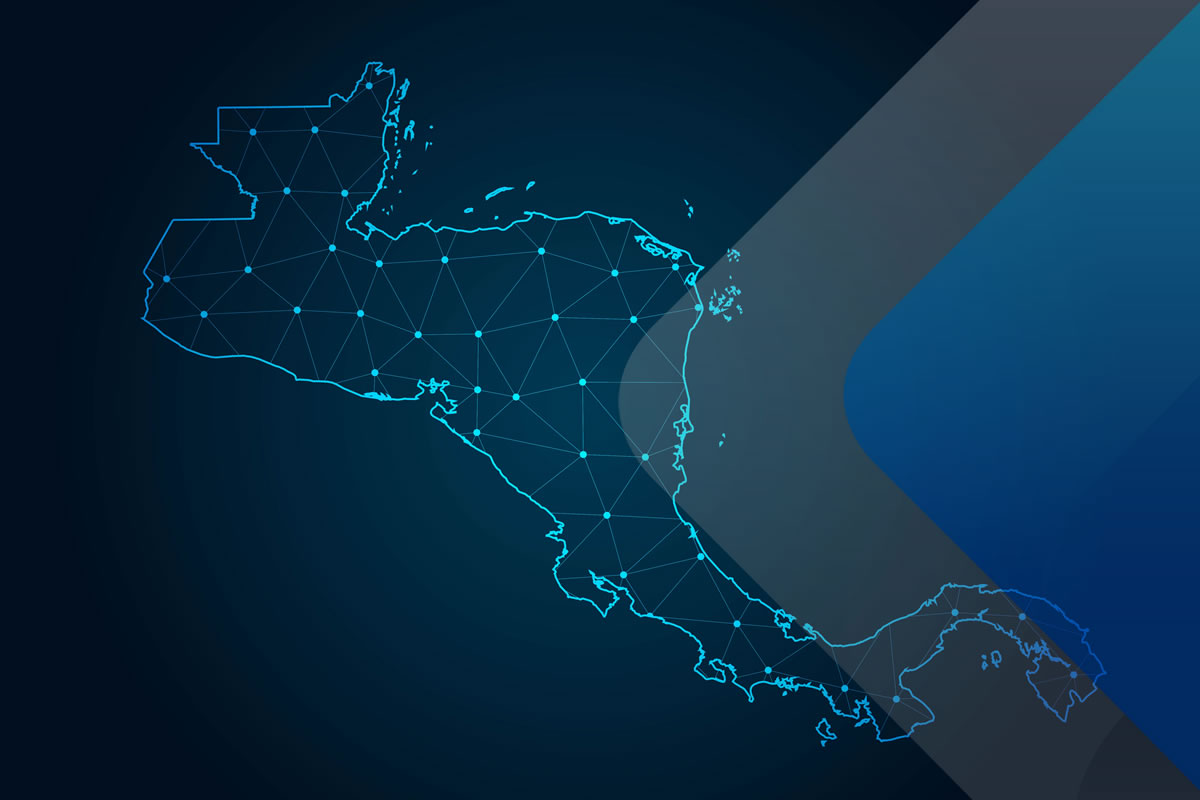Table of Contents
Benefits to invest in Central America
The countries of Central America are in talks to implement a common Central American currency. For now, Belize, Guatemala, Honduras, Nicaragua, and Costa Rica all print their own currencies, while the United States Dollar is the official currency in El Salvador and Panama (and widely accepted in the other five countries).Although investment tax incentives (such as exemptions on tariffs, duty drawbacks on exports, reduced corporate income tax rates and VAT payment exemptions) are of the utmost importance to many investors that seek to inject FDI into Central America,there is also evidence that suggests that there are non-monetary issues that also play a prominent role in the decision-making process.
Central America Facts
Central America is a region bordered by Mexico to the north, Colombia to the southeast, the Caribbean Sea to the east, with Pacific Ocean to the west and south.Central America consists of seven countries: El Salvador, Costa Rica, Belize, Guatemala, Honduras, Nicaragua and Panama. The combined population is estimated at 180 million as of 2020.
Best Countries to invest in Central America
Panama is one of the best countries to invest in Central America, from the monetary stability that the US Dollar offers to the attractive tax incentives found in the region.
Costa Rica’s stable government and democratic traditions have made it historically the leader in the region for international business and tourism. Costa Rica offers ports on both the Pacific and Caribbean coasts and two international airports, one in the Central Valley serving the greater metropolitan area of San Jose and one inLiberia in the northwest province of Guanacaste.
Consistently rated as the safest country in all Central America and the Caribbean, the political stability of Costa Rica shows no unrest, riots, or protests like in many Central American countries making the financial environment regulated, constant and stronger.
Nicaragua: The use of agents is the most common and efficient way for U.S. investors to get into Nicaragua. Face-to-face meetings are generally required to establish business relationships in the country, the conservative dynamic extends to commercial banking systems being highly concentrated restricting electronic transaction options.
Opportunities for US companies to enter Nicaragua may improve as internet penetration and digital literacy continue to increase. The business innovations during the COVID-19 pandemic may also adjust buying habits among the business class.
Belize has Bilateral Investment Treaties with Austria, Cuba, El Salvador, Italy, the Netherlands, Taiwan, United Arab Emirates, and the United Kingdom. It also has a Partial Scope Agreement (PSA) with Guatemala on a small number of goods.
Finally, Guatemala, has the largest economy in Central America, with a USD 76.7 billion gross domestic product (GDP) and an estimated 3.8 percent growth rate in 2019. It is also the most populous country in the region, with (put population) inhabitants. Its geographical proximity to the large markets of the United States, Mexico,and Canada opensa range of commercial, financial, and logistical opportunities alongside with various incentive programs for investors provided by the government.
Human Talent of Central America
An important intangible asset to consider when expanding to other countries is language and education. Human capital from Central America provides a first-class workforce mostly bilingual and well trained and educated.Belize, a British colonized country, is the only English-language-official country in Central America. The official language majority in all the region is Spanish, Mayanlanguages constitute a language family consisting of about 26 related languages. Finally, 65% of the population can communicate in English, thanks to the strong international tourism.
Technological system
Central America is home to some advanced electronic and technological industries. Most of them are digital and enterprising companies, with international scope and go beyond the classic technological startups.
Facilities for foreign investment
Considered the world’s second-largest free trade zone, and sophisticated logistics and finance operations,Central America attracts high levels of foreign direct investment from around the world and has great potential as a foreign direct investment magnet and regional hub for several sectors. In response to this situation, major companies have embarked on massive upgrades of their facilities to capture higher-income segments of demand. As well as generating larger profit margins, this is opening access to a less volatile and more predictable market.
Conclusions
High-valueforeign direct investment creates foreign exchange and increases productivity, employment, exports, and linkages with local companies while encouraging knowledge and technology transfers. The opportunities in this area come across with business-friendly policies and sound macroeconomic fundamentals, along with various trade agreements with the United States, making it the most important economic partner in most of the countries of the region.






























